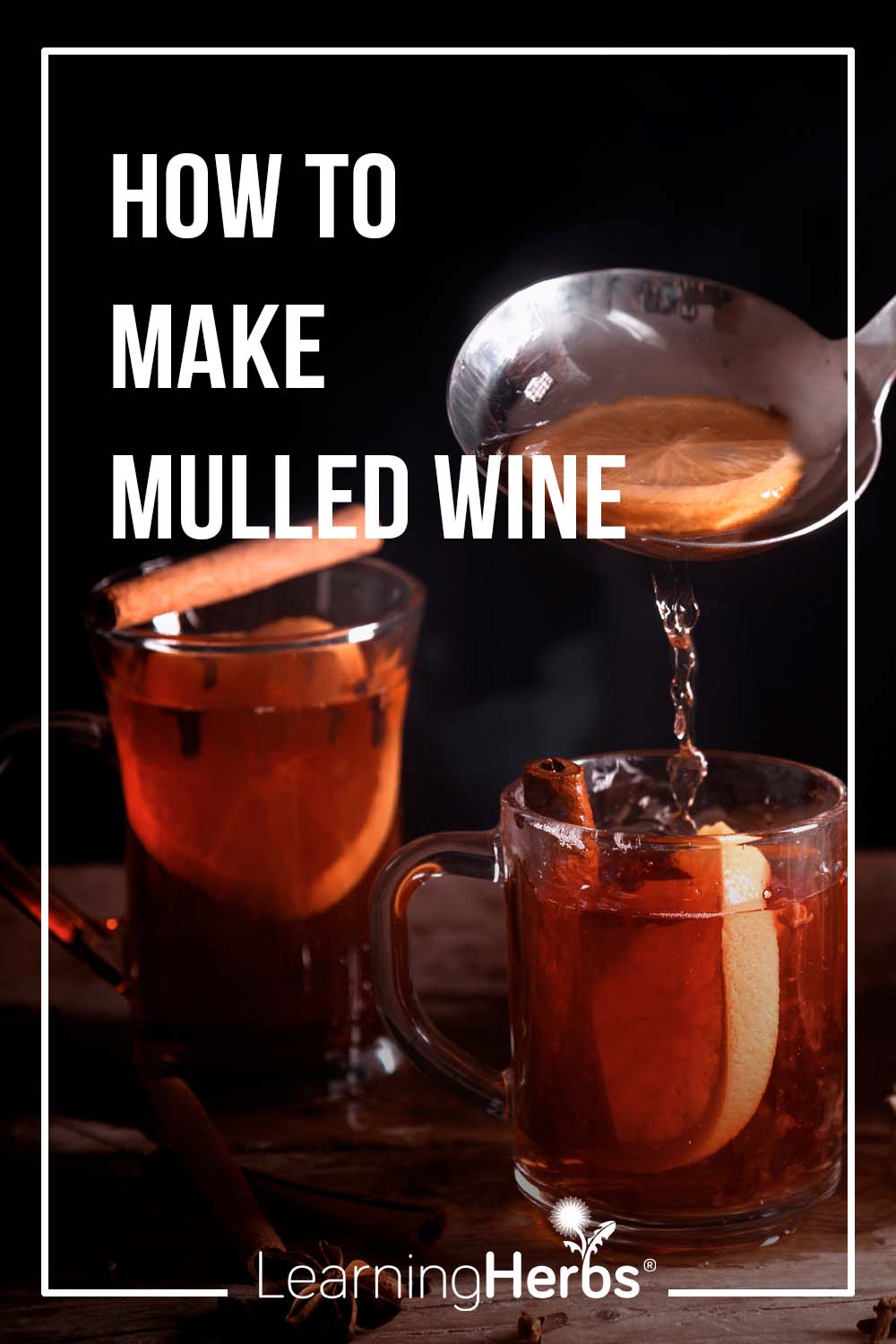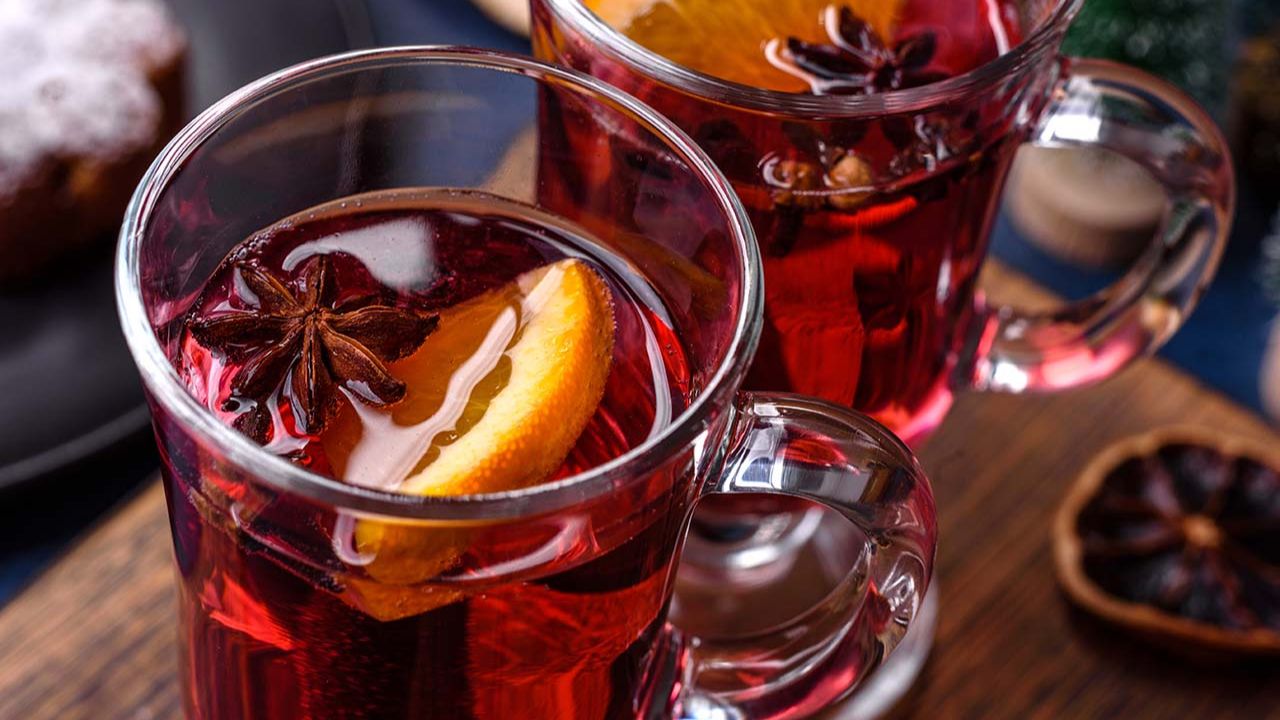
How to Make Mulled Wine
As the leaves turn into their vibrant colors, looking like grandma's quilt to me, there is nothing more beautiful than to see this radiant foliage set within the backdrop of sway back Blue Ridge misty mountains nestled in the Appalachian mountains land of my birth. I then know it’s time to take out my arm warmers I made from my grandpa’s old sweaters, and I long to have my beloveds surrounding a simmering pot of this old time recipe: mulled wine.There is laughter and legacy in each cup!
This drink has taken me around the world with my research and with thoughts of how many wars it comforted the soldiers through, how many disagreements it helped solve, how many babies it celebrated, and how many people for whom it enhanced special holiday moments. I decided for my version of mullen wine I would bring you to my “neck of the woods" as we say it: into my kitchen for an Appalachian twist.
The recipe is based on a smaller batch you can increase to your party size. I also like to make a non alcoholic base and then create a blending bar so my guests can customize their drink experience. I taste tested this recipe with red wine, and I recommend choosing drier wines for less sweet versions and muscadine-based wines for added sweetness. I also had a bourbon version, but surprisingly I truly enjoyed the non-alcoholic oxymel version the best! I posted my herbal variation for it below and utilized a quick stove top method with some figs I harvested! It was delicious, so I had to share it with y’all!
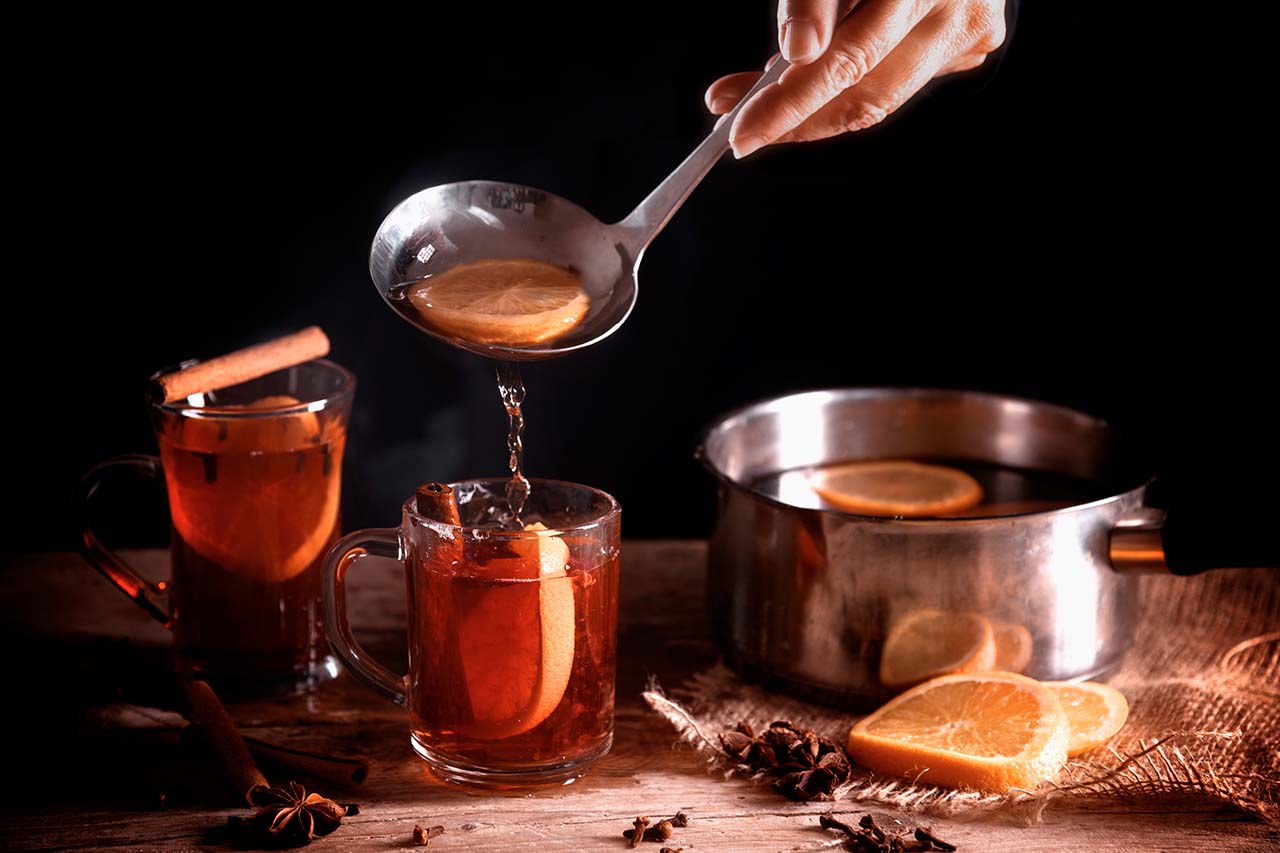
Appalachian Mulled Wine
With love from my kitchen to yours, here is a delicious take on the classic mulled wine recipe. I have included an alcohol and alcohol-free version below.
Ingredients you’ll need…
- 2 cups of apple cider or apple juice
- 2 cups muscadine grape juice (can replace with Concord grape juice)
- 2 cups Pomegranate juice (can replace with tart cherry juice)
- 1/3 cup of dried elderberries
- 3–4 sticks of cinnamon
- 4–6 cardamom pods (crushed)
- 2–4 star anise
- 6–10 spice bush berries and two 2–3 inch twigs (can replace with allspice berries)
- 6–10 whole cloves
- 1 inch fresh ginger sliced
- 2 medium oranges sliced (can replace with dried orange peels: I started saving mine for tea either in the freezer or drying them out )
- 1 cup dark cherries or mixed berries fresh or frozen (strawberry, blackberry, and blue berry)
- Optional alcohol pairings: ½ bottle less or more to taste of red wine. Use dryer wine for a less sweet variation and muscadine wine for a more version, or you can use bourbon to taste. You could also add one shot of spirits per mug.
- Optional oxymel pairing: add a shot of an oxymel per mug. An oxymel is a preparation that includes herbs steeped in honey and vinegar.
- Love as the final ingredient
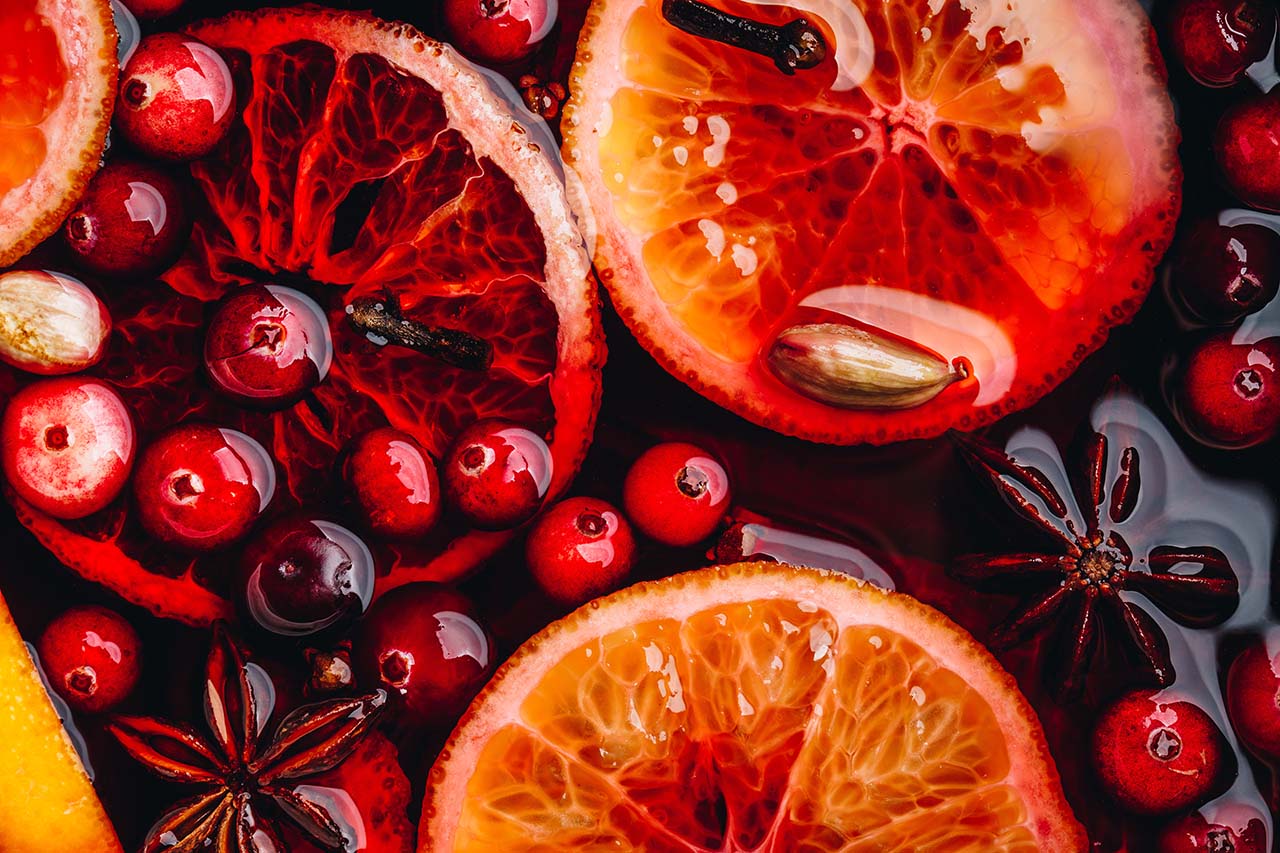
- Add spices to a large pot first and slightly toast them to open up the flavors and aromas. Alternatively if you are steeping for a long time, you could add them to a muslin drawstring bag to make it easier to remove before drinking.
- Add your juices and add in wine.
- Add in your fruits.
- Bring to almost a boil but not a boil then reduce heat and allow to simmer for at least an hour.
- Alternatively you can place everything in a crockpot and let it simmer all evening as folks gather. Taste test the brew, and enjoy this alcohol-free version.
- Wine option: add the wine to the pot or crock pot and simmer on low. You could also use non-alcoholic wine. Adjust the amount to taste.
- Spirits option: instead of or in addition to wine, you could add a shot of good moonshine, bourbon, or whiskey per mug of brew.
- Oxymel option: instead of alcohol, you could add a shot of an oxymel per mug of brew.
Yield: 6–8 cups depending on addition of wine and bourbon
Want to learn more about botanical mixology?
Ready to take your herbal mocktails and cocktails to the next level? Check out LearningHerbs’ Botanical Mixology series on HerbMentor. Taught by herbalist and mixologist Emily Han, Botanical Mixology gives you the tools you need to be a confident and infinitely creative home mixologist. You can find Botanical Mixology on HerbMentor, which is LearningHerbs’ online membership site that offers in-depth herbal courses, a community forum, live meetups, and more. Join HerbMentor here.
The History of Mulled Wine
The history of mulled wine led me down a deep rabbit hole during my research on how many different cultures have their own version: similar drinks in different places. Just like the plants, it links us in some way!
In Germany, where mulled wine is very popular, it has become known as Glühwein. In Italy, it is known as vin brulé, and in France it is known as vin chaud, meaning warm wine. It can also be found in South America as Vin Brule.
Glögg is Swedish infused wine. Usually served during the holiday season, it's similar to mulled wine, but is a bit more work to craft, and traditionally the drink is set on fire so that the sugar completely dissolves. I love a drink set on fire! Then people add raisins and almonds to the simmer.
Swedish glögg is quite boozy since it calls for a combination of port wine , bourbon, and white rum.
I have had mulled wine that is very similar! Get creative and add something from your ancestry into this libation!
To me, this drink is a celebration of when we gather the roots and preserve the last of our harvests. It is at pumpkin carvings, ornament decorating, and holiday parties. I love to forage in these hills when I get the chance and to infuse mulled wine with foraged herbs like sassafras root or spicebush berries and twigs for a more rustic flavor.
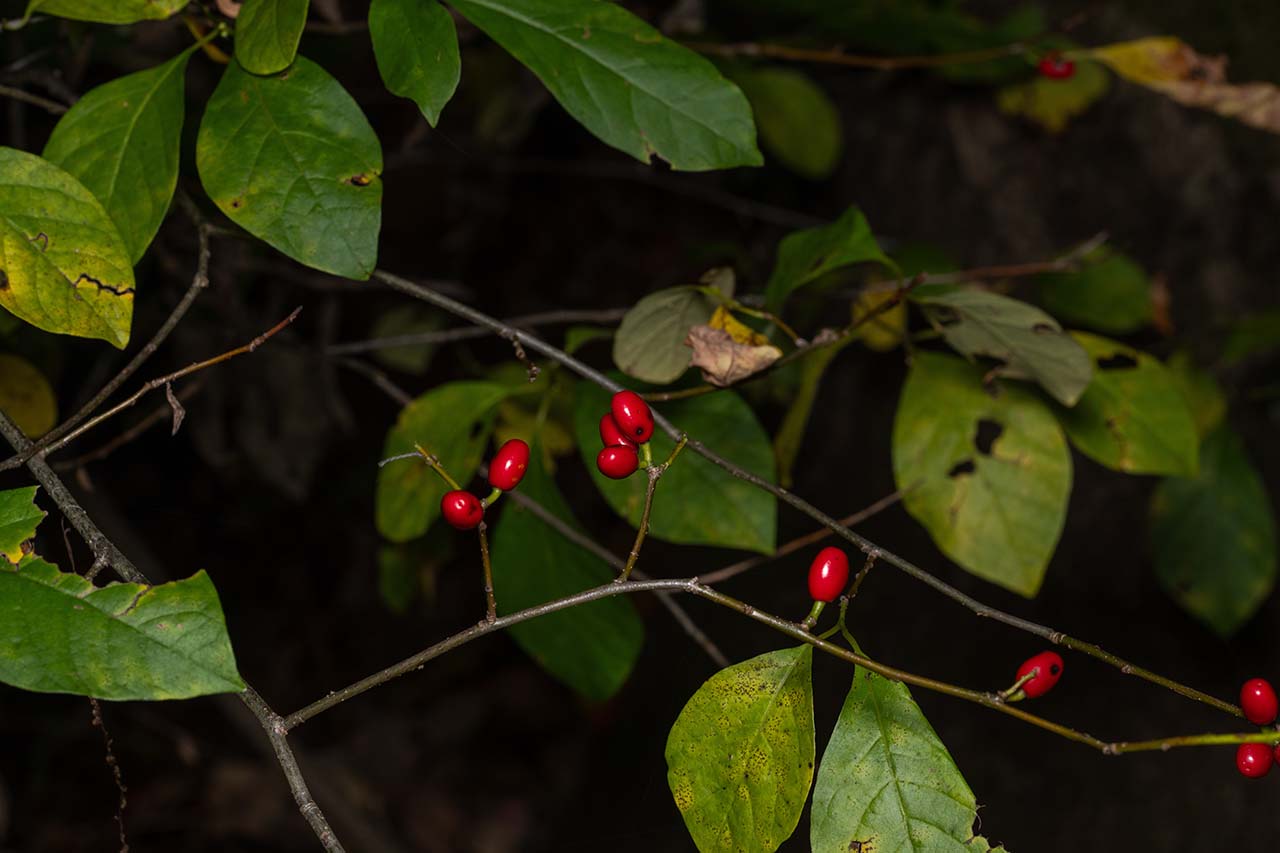
Embracing Spicebush
In Rebecca Byers new book, The Complete Folk Herbal, she also embraces the love of spicebush (Lindera Benzoin): reminding us all of its warm, fragrant , sweet taste. Its native home is North America, and its diaphoretic, tonic, and febrifuge properties made it a go-to in folk medicine. She gives us a plethora of uses that the Indigenous people utilized it for. I learned so much about this often-forgotten plant! She also has a few infused wine recipes in the book that I’m sure you’ll love. Rebecca also reminded me in a recent talk that wine was one of the first ways to tincture before distilling became available. Adds a new twist to the endless possibilities of recipe variations, right?
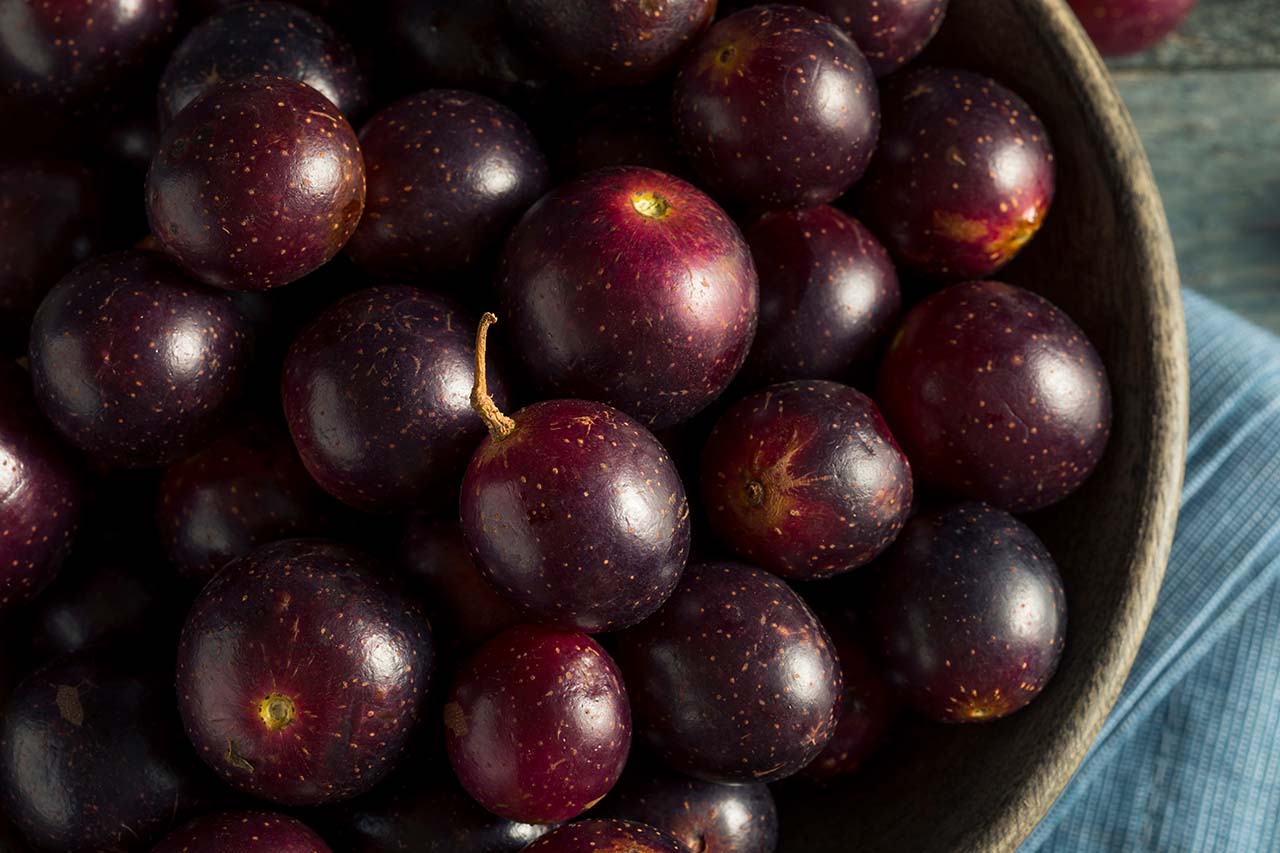
Working with Muscadine Juice
I chose muscadine juice as one of the mulled wine bases that I made myself from my fall harvest. I love a morning harvest in a light rain. There is something so zen about harvesting in the rain. Being with the elements that produced your bountiful harvest and the sound of the tiny drops on the leaves. I saved the extra juice from my famous grape jelly and I made this recipe, but you can buy muscadine juice at most grocery stores.
An interesting fact is that this unique grape is native to the Southeastern region of the United States. It’s also important to note that muscadine-based products have been used as a medical treatment for cancer or cardiovascular diseases. Wake Forest University School of Medicine conducted research on the extract of these delicious little wonders!1
Muscadine grapes are packed with higher concentrations of beneficial compounds: particularly polyphenols, such as ellagic acid and gallic acid, as well as antioxidants like resveratrol, which are abundant in their skins and seeds. These compounds offer significant anti-inflammatory and antioxidant effects on the body. In theory all of these constituents make these muscadine grapes a healthier choice than other grapes. I grew up picking them off the vine and putting them in my mouth on the farm! I can hear my grandmother now yelling at me to not eat too many as I write this. I infused my juice with beauty berries and blue lotus flowers (if you are feeling fancy).
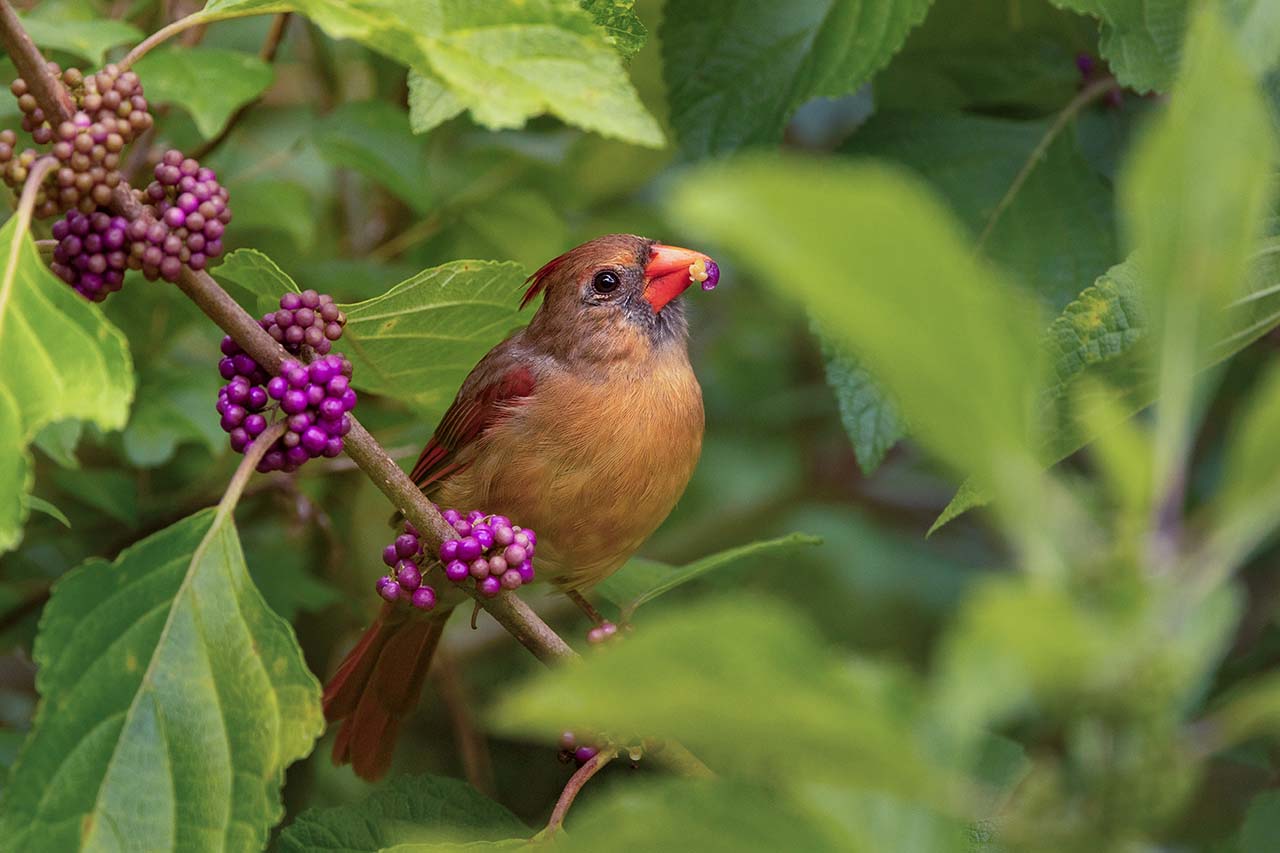
The Benefits of Beauty Berry (Callicarpa americana)
Helps with Inflammation, rheumatoid arthritis, and digestive issues.Beauty berry is high in vitamin C and rich in antioxidants. The leaves have been used as an insect repellent.

The Benefits of Blue Lotus (Nymphaea caerulea)
Utilized in formulas for anxiety and sleep issues as well as to induce lucid dreaming. Blue Lotus has been since ancient Egyptian times often cited in the Papyrus for sacred rituals for its aphrodisiac qualities.
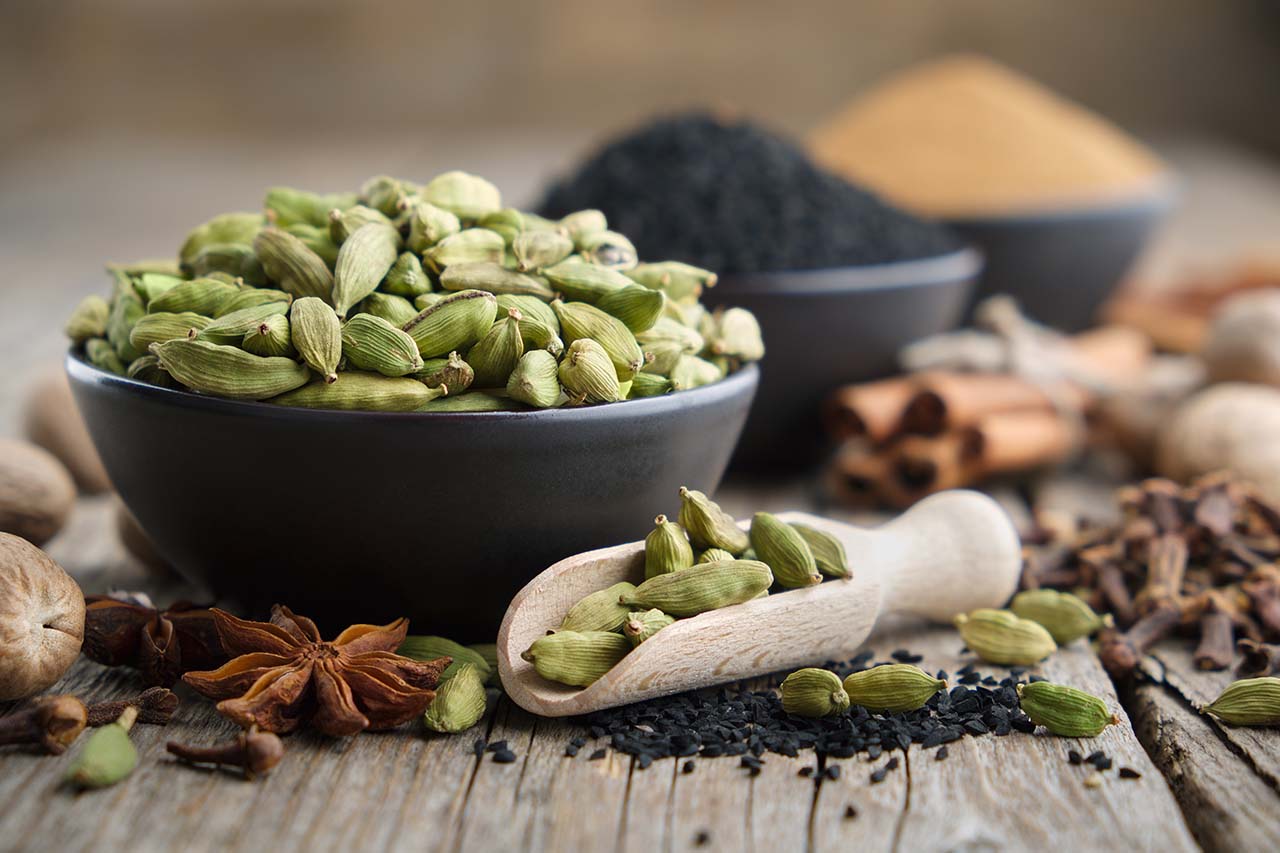
The Benefits of Cardamom (Eletarrua cardamomum)
Cardamom is a tasty herb that lends a pungent sweetness to pickling spice. Cardamom can aid in digestion and can also improve circulation.
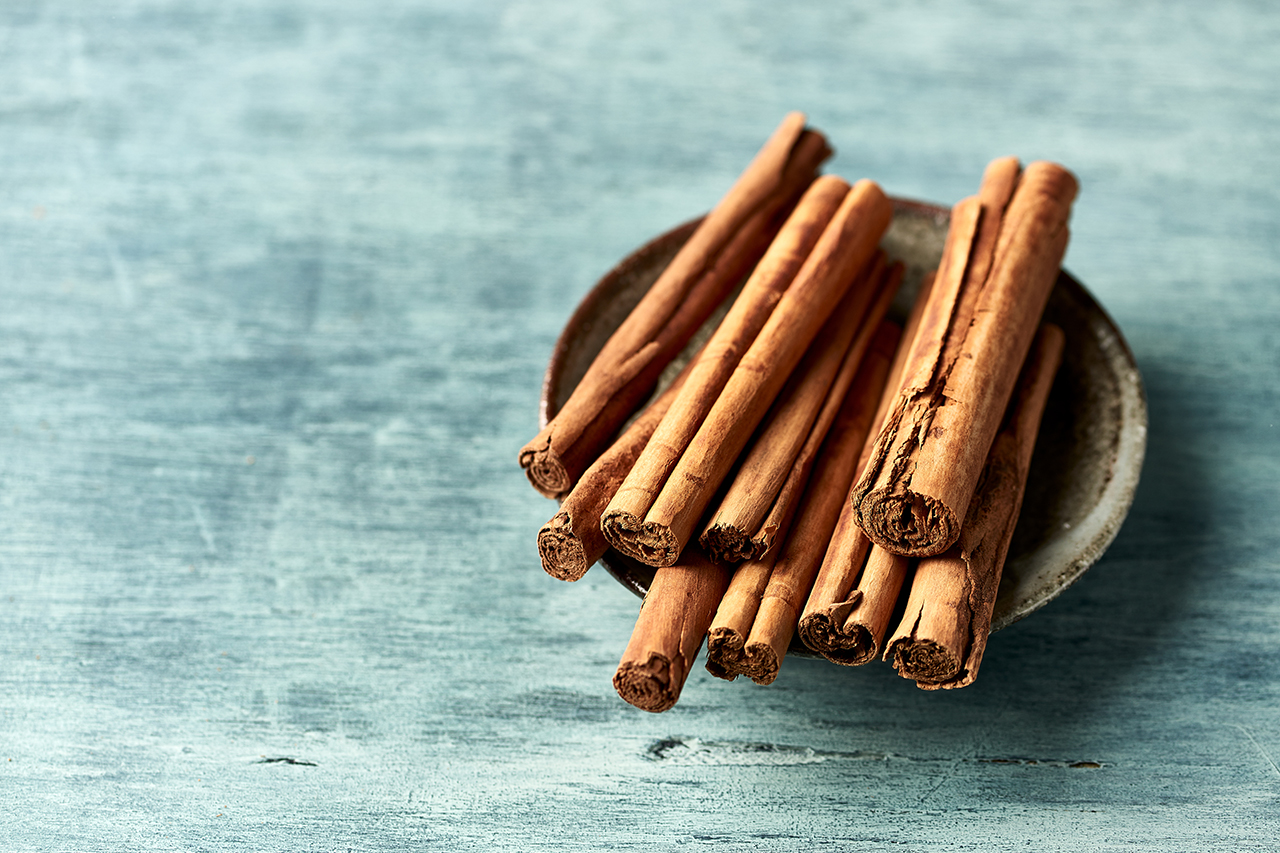
The Benefits of Cinnamon (Cinnamomum verum)
Like cardamom, cinnamon lends a pungent sweetness to spice blend and also helps balance the tartness. Cinnamon also promotes healthy digestion and can ease inflammation.
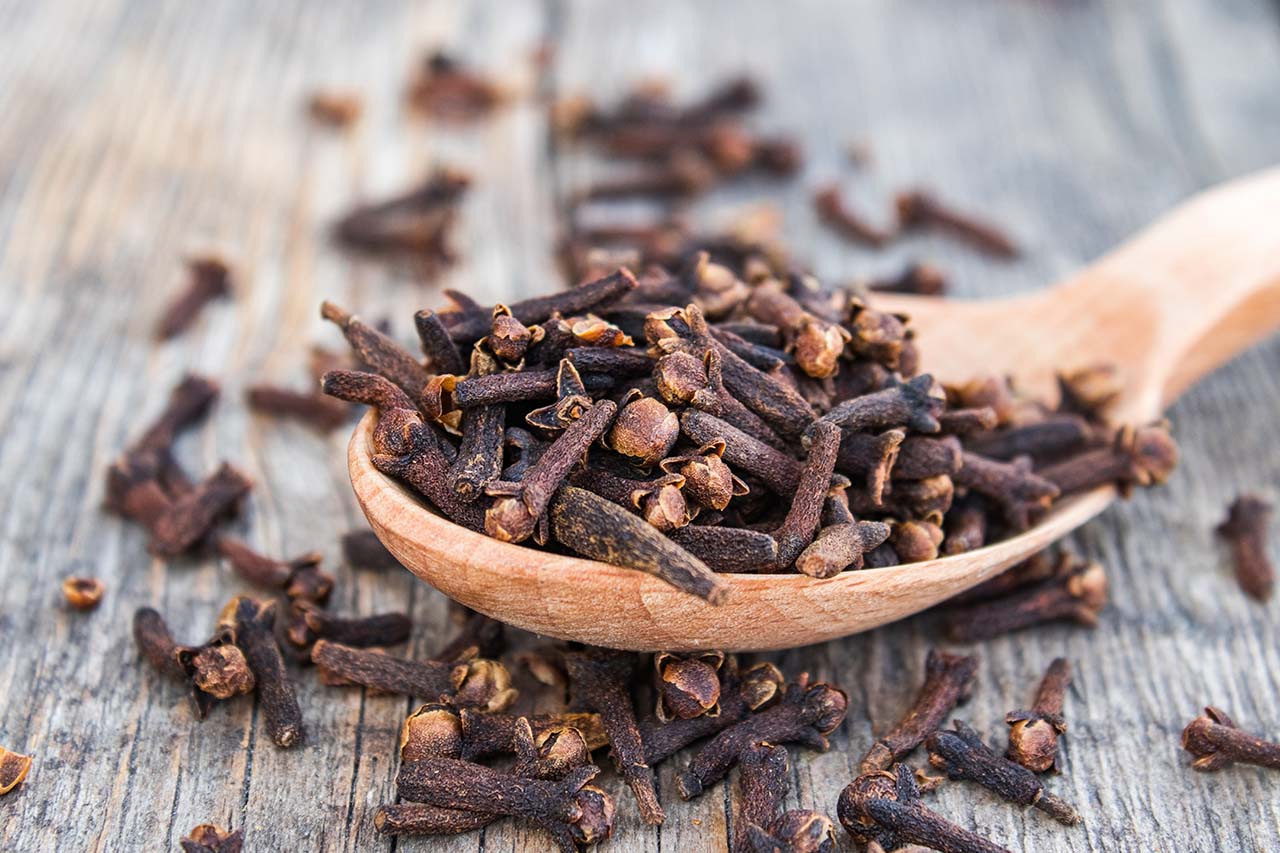
The Benefits of Cloves (Syzygium aromaticum)
This little treasure helps with toothaches, improves digestion, relieves gas, eases inflammation, and is full of antioxidants.
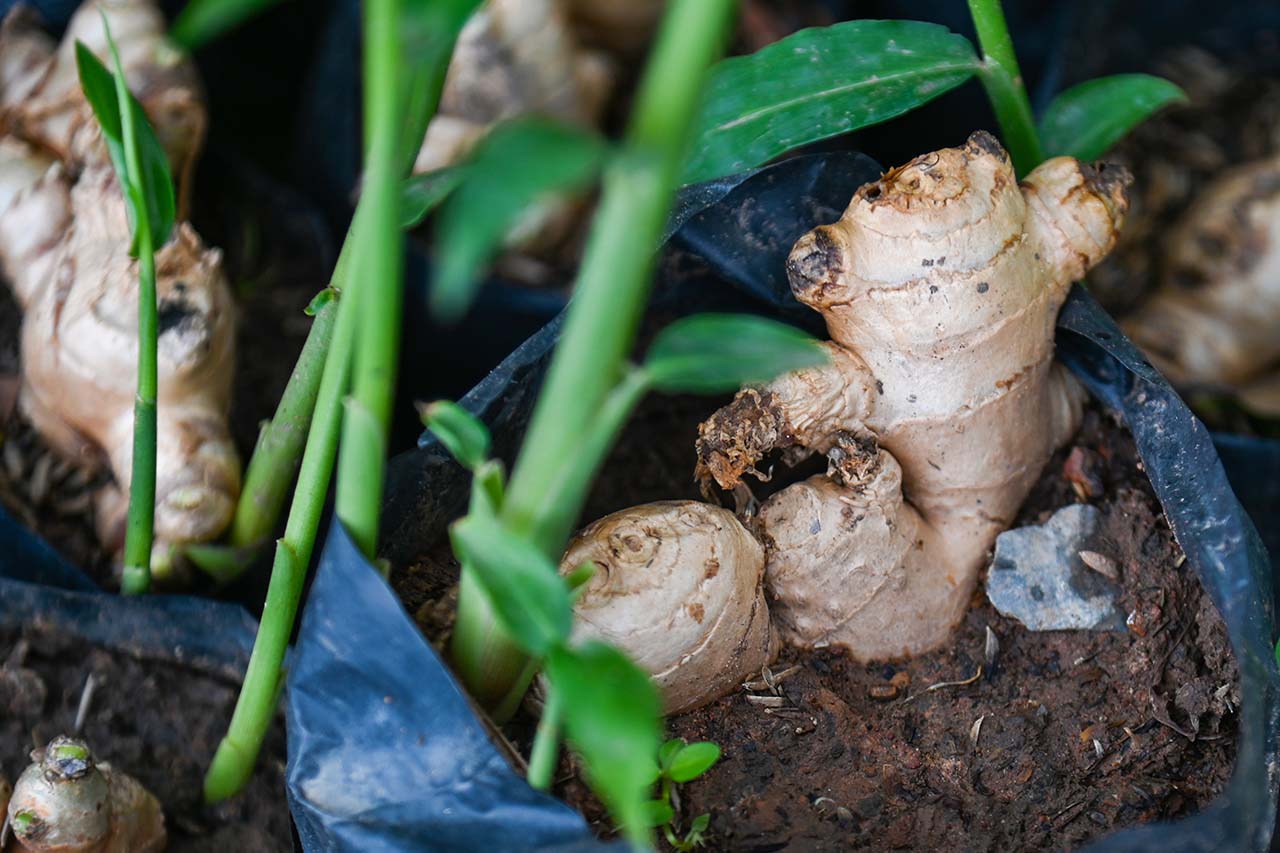
The Benefits of Ginger (Zingiber officinale)
In addition to promoting healthy digestion and soothing nausea, ginger can also soothe cramps and support healthy immune function.
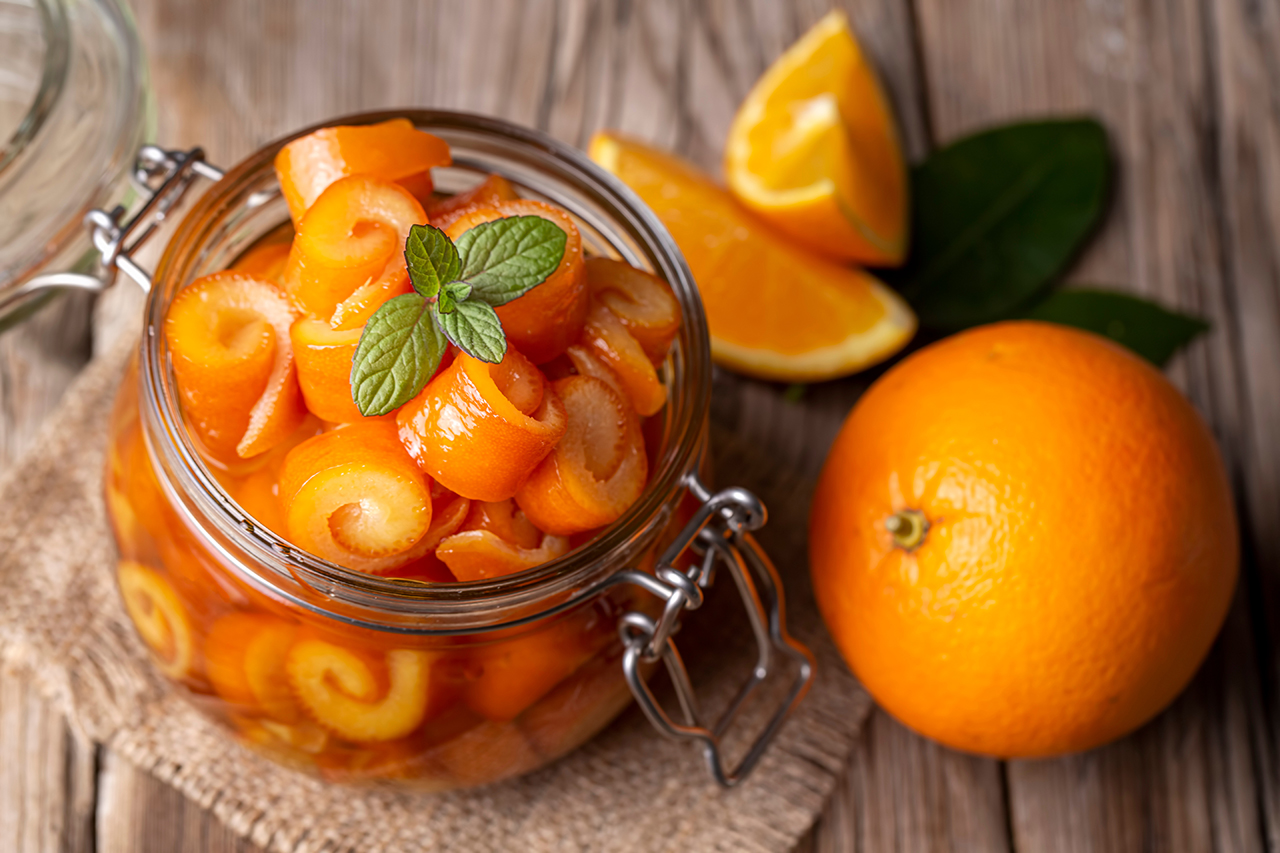
The Benefits of Orange Peel (Citrus x sinensis)
Oranges are an excellent source of vitamin C, an essential antioxidant that supports immune function, collagen production, and wound healing. Oranges also provide a good amount of fiber aiding in digestion.

The Benefits of Star Anise (Illicium verum)
Star Anise stimulates digestion and relieves gastrointestinal issues such as bloating, gas, and constipation. This spice has antispasmodic properties that relax the muscles of the digestive tract. It’s also rich in antioxidants, which combat oxidative stress and protect cells from damage. And it exhibits anti-inflammatory properties that may reduce swelling and pain.
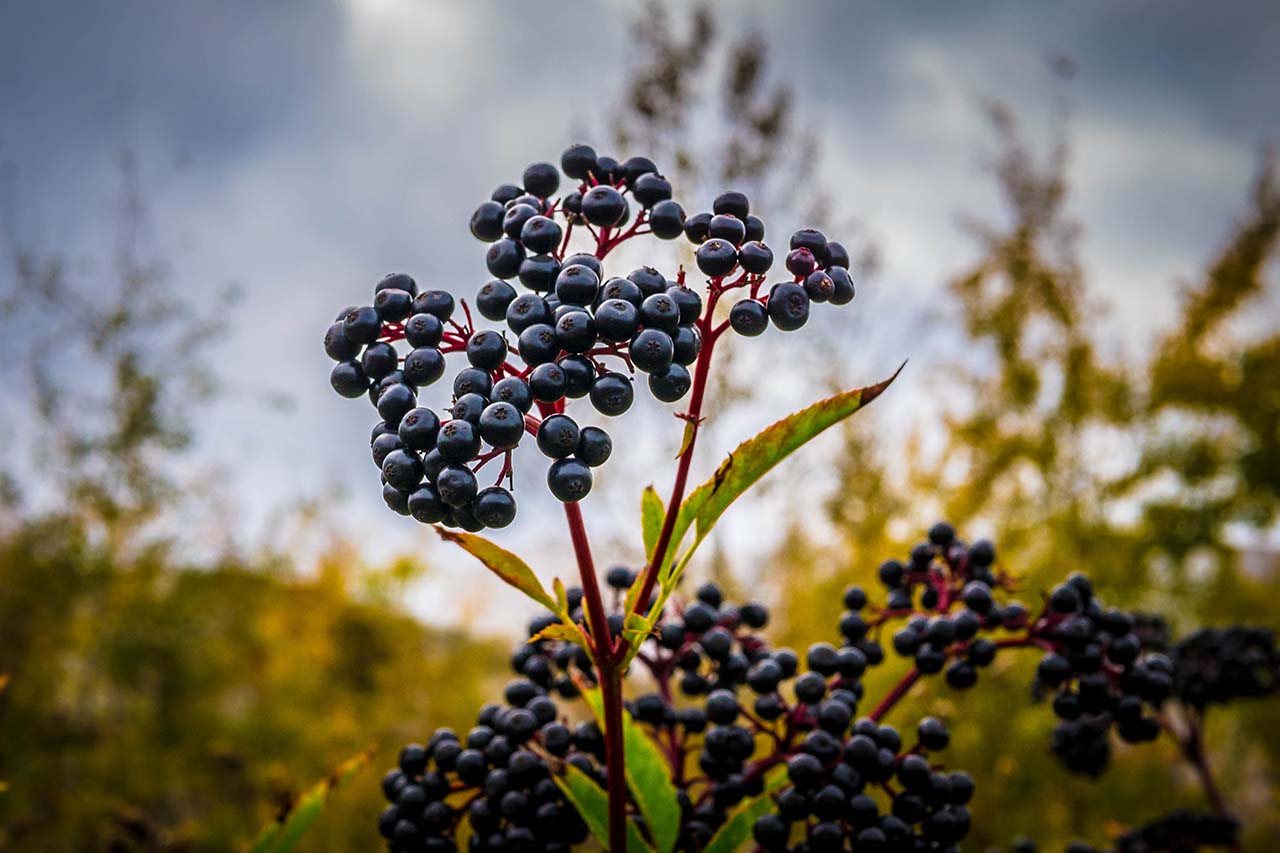
The Benefits of Elderberry (Sambucus cerulea)
Elderberries contain antioxidants and flavonoids, which boost the immune system.They are rich in antioxidants, including anthocyanins, which protect cells from damage caused by free radicals. They also help with blood sugar control: some studies indicate that elderberries may help improve blood sugar control in people with diabetes.2
Here are some frequently asked questions about mulled wine…
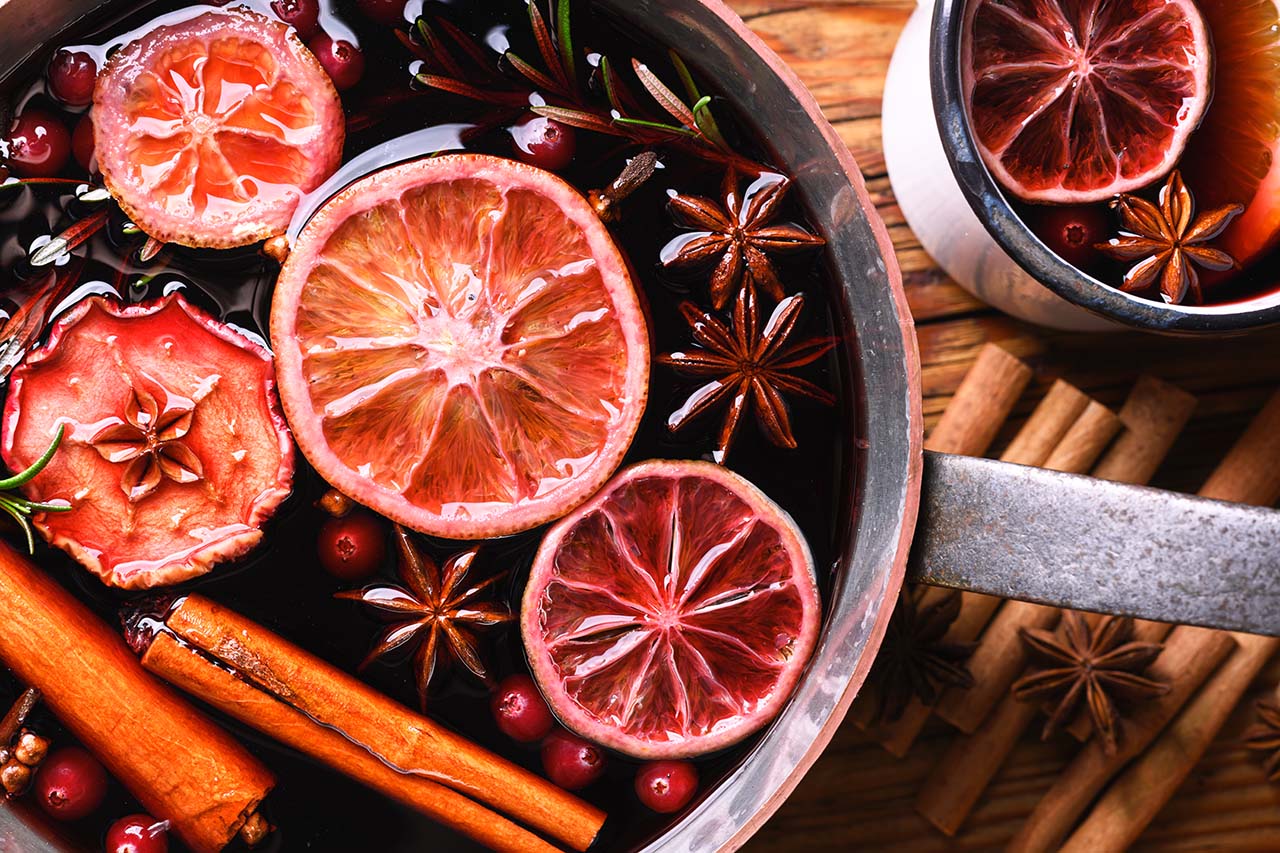
What other herbal remedies can I add to mulled wine?
You can add a wide variety of herbal remedies to mulled wine to fortify its medicinal properties. One of my favorite recipes is an oxymel with tulsi, fig, cinnamon sticks, spice bush berries, orange peel, and black strap molasses. You can learn how to make an oxymel here. You could also add glycerites or tinctures to your mulled wine. I love kava for a heart centered peppery taste and numb chill, California poppy for a blissful journey, skullcap for chilling anxiety, and passionflower for peaceful vibes.
How do you drink mulled wine?
You can enjoy mulled wine hot in a mug, and you can add your favorite herbal allies to dress it up more.
